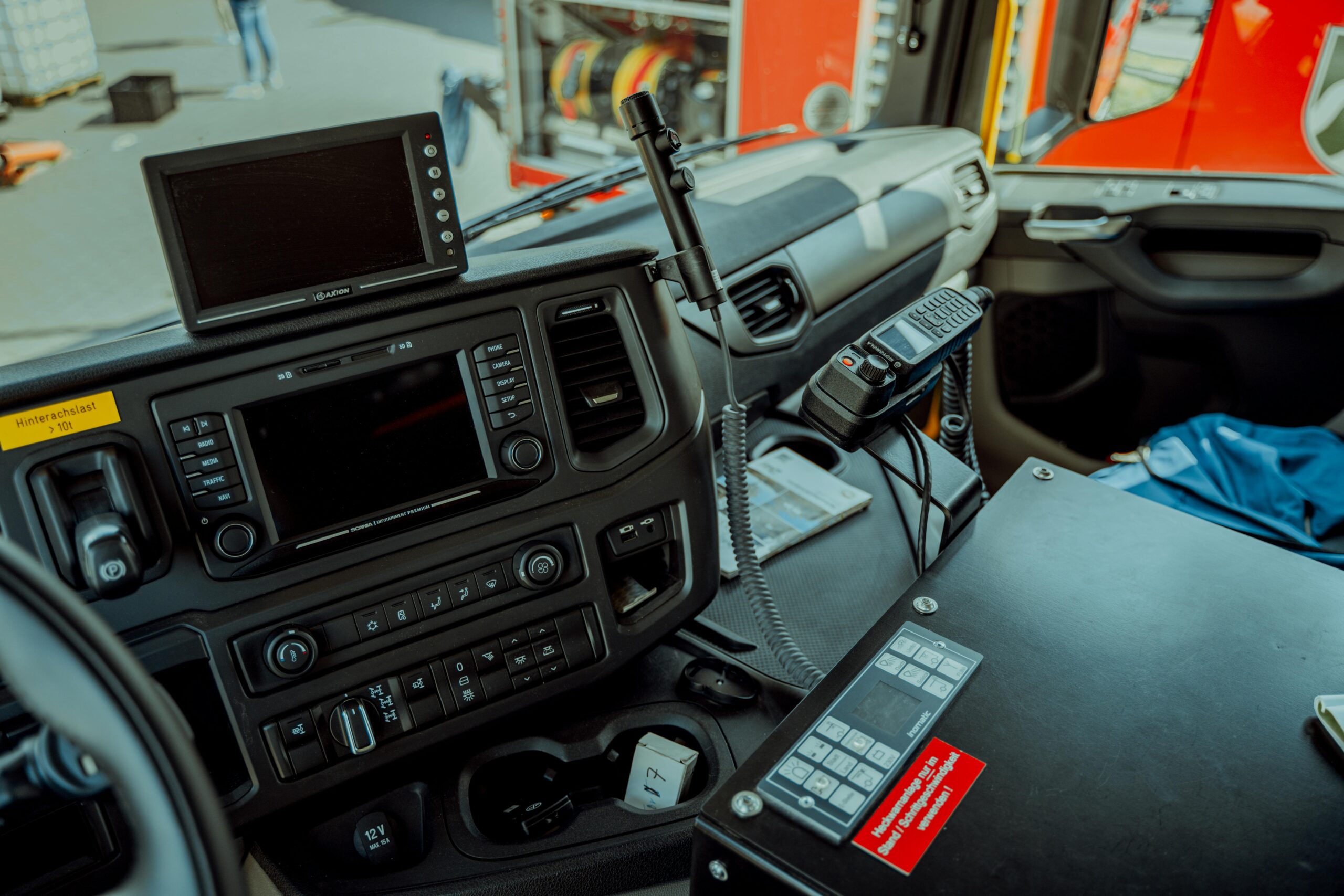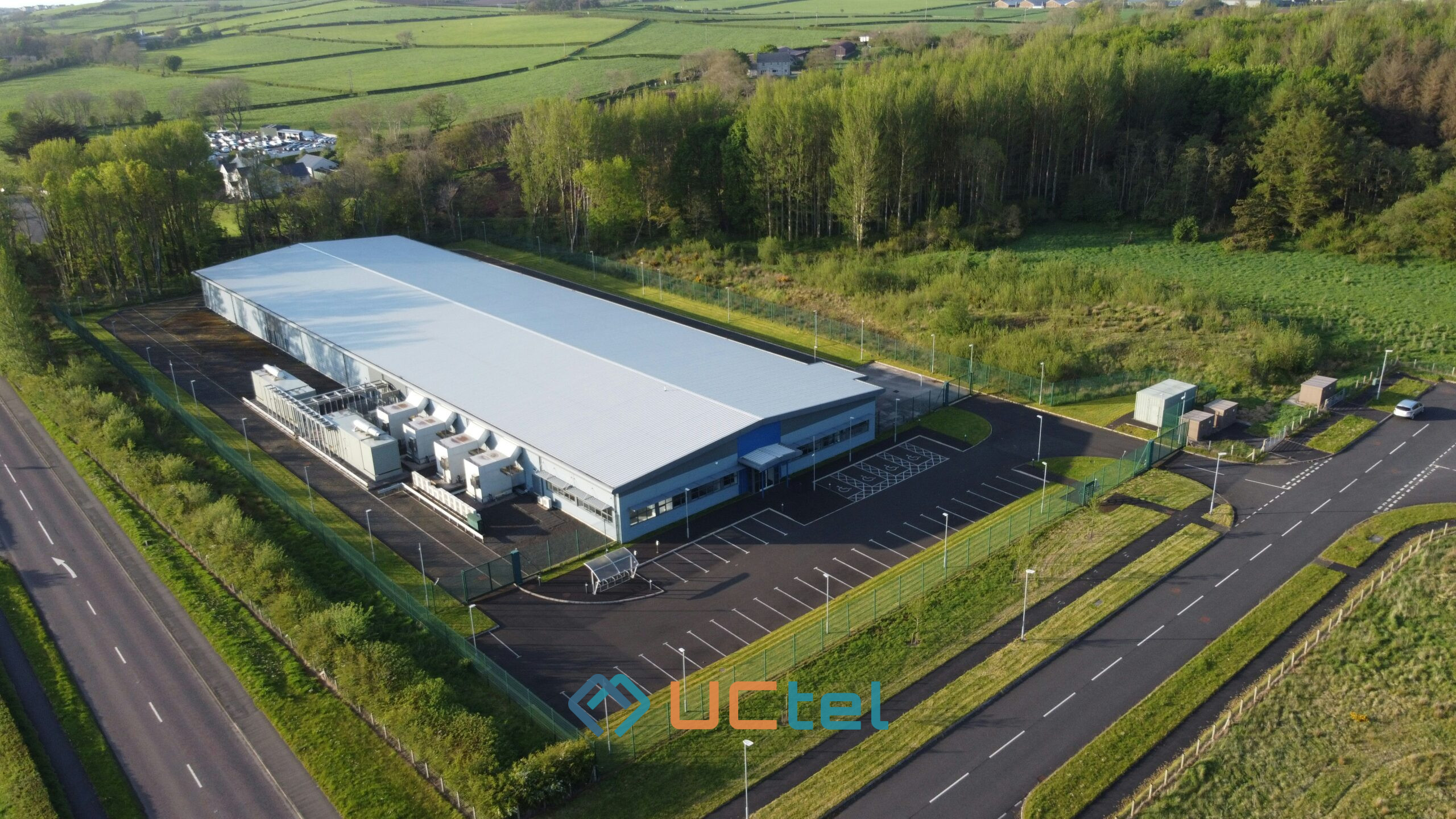How to Secure Mobile Coverage for Emergency Communication Systems?

Table of contents
Updated September 2025
When disaster strikes, mobile coverage can mean the difference between life and chaos. The question is: How to secure mobile coverage for emergency communication systems? The answer lies in layered architectures, redundancy, deployable solutions, and strict security hardening. This guide walks you through the essential steps to design resilient, compliant, and future-proof systems.
Follow-Up Questions
Why is mobile coverage critical in emergencies?
- Because it underpins coordination, push-to-talk, mapping, video, sensor feeds, and public alerts. Without resilient coverage, responders face blind spots that delay rescue and put lives at risk.
What standards and regulations apply?
- Codes such as NFPA 72, IFC 510, and mandates for Emergency Responder Radio Coverage (ERRCS) require 95–99% in-building coverage in critical zones. Priority services like WPS (Wireless Priority Service) and GETS give authorised devices network preference during congestion.
What architectures provide the best resilience?
- A dual-network approach (commercial + private LTE/5G), Public Safety DAS inside buildings, plus deployables (Cells on Wheels, drones, repeaters). Backhaul must be hybrid (fibre, microwave, satellite) to avoid single points of failure.
How can coverage be enhanced when infrastructure fails?
- Deployable enhancers such as portable base stations, vehicle-mounted boosters, tethered balloons, or rapid-deploy fibre kits restore coverage fast.
What are the key security and hardening practices?
- Encryption, strong authentication, physical security, redundant power, jamming detection, tamper alarms, and environmental resilience.
How do organisations ensure real-time assurance?
- By monitoring KPIs (signal levels, SINR, backhaul health), using live coverage maps, and enabling auto-switch failover when systems degrade.
Comparison of Coverage Options
| Solution Type | Ideal Use Case | Strengths | Considerations |
| Commercial Network + WPS | General coverage with congestion protection | Cost-effective, fast enrolment | Dependent on carrier resilience |
| Dedicated Public Safety LTE/5G | Mission-critical responders | Fully controlled, prioritised | Higher cost, requires spectrum/licensing |
| Public Safety DAS / ERRCS | In-building coverage | Meets NFPA/IFC codes, reliable indoors | Needs testing & maintenance |
| Deployables (COWs, drones, boosters) | Disaster zones, field ops | Rapid deployment, flexible | Limited duration, integration complexity |
| Hybrid Backhaul (fibre, microwave, satellite) | High-risk facilities | Eliminates single points of failure | Higher CapEx |
Use Case Scenarios
| Budget / Context | Recommended Option | Why |
| Municipal Buildings | Public Safety DAS + WPS enrolment | Compliance with building codes, affordable redundancy |
| Hospitals / Critical Facilities | Dual-network (commercial + private LTE) with ERRCS | Life-safety priority, must withstand overload |
| Remote or Disaster-Prone Areas | Deployables + hybrid backhaul (satellite) | Coverage independent of damaged infrastructure |
| Large Events / Temporary Sites | Portable boosters / COWs | Fast to deploy, reusable, scalable |
Security & Hardening
Emergency communication systems cannot just be connected; they must be built to withstand stress, interference, and tampering. Hardening begins with robust digital protections such as encryption and strong authentication, which safeguard traffic against interception or spoofing. It also extends to physical resilience, with secured enclosures, tamper detection, and redundant power supplies ready to keep equipment running during blackouts.
Environmental resistance is equally critical. Equipment must be able to survive storms, floods, or heatwaves without degrading performance. Finally, resilience to interference—whether accidental or deliberate—requires monitoring for abnormal patterns, jamming attempts, or unexpected surges. In short, a hardened system ensures that coverage remains reliable even under extreme conditions.
Monitoring & Real-Time Assurance
Even the strongest architecture can falter without visibility. That is why real-time monitoring is the nervous system of emergency coverage. By tracking indicators such as signal strength, noise levels, backhaul health, and traffic load, operators can detect problems before they turn into outages.
Modern systems go further, offering live coverage maps and dashboards that highlight blind spots as they emerge. When thresholds are crossed—say, a sudden drop in power or a backhaul failure—automatic failover logic can switch traffic to satellite, trigger a deployable unit, or adjust amplifier output. With redundant monitoring paths in place, commanders always retain oversight. This continuous assurance allows networks to adapt dynamically and keep responders connected when it matters most.
Why Uctel Stands Out
- Expert in resilient coverage: From ERRCS compliance to hybrid backhaul, Uctel designs architectures that remain online when others fail.
- Deployment speed: Proven ability to roll out mobile coverage enhancers within hours, not days.
- Cost-optimised: Balancing CapEx and OpEx through scalable, reusable solutions.
- End-to-end service: From design to monitoring dashboards, all under one trusted partner.
- Ideal for: Municipalities, hospitals, airports, and organisations that cannot afford downtime.
Conclusion & TL;DR
How to secure mobile coverage for emergency communication systems?
By designing layered, redundant architectures, integrating priority services, using deployable enhancers, and ensuring security and real-time monitoring.
The cost of failure is always higher than the investment in resilience. With the right partner, organisations can safeguard lives and operations under any emergency.
Take the Next Step
Talk with Uctel’s team today and get an audit of your emergency communication coverage. We’ll help you close blind spots, ensure compliance, and design a system that never goes dark.
Frequently Asked Questions
1. What is the minimum in-building coverage requirement?
- Most jurisdictions require 95% coverage overall and 99% in critical zones (stairwells, command centres).
2. Can commercial boosters be combined with Public Safety DAS?
- No. In many jurisdictions, ERRCS must be isolated to avoid interference.
3. How fast can deployable coverage be set up?
- COWs and portable repeaters can be operational within hours, depending on logistics and backhaul.
4. What’s the most common point of failure in emergencies?
- Power outages and backhaul failures — hence backup power and hybrid connectivity are essential.
5. How often should systems be tested?
- Regulations usually require annual testing, but best practice is quarterly drills with after-action reviews.





